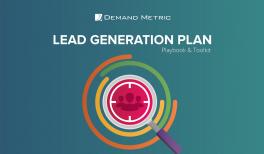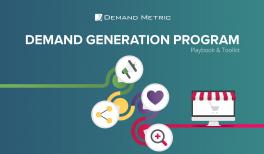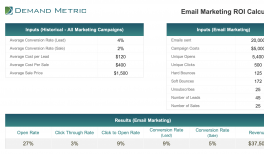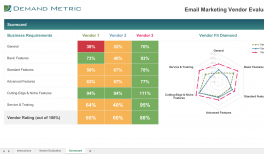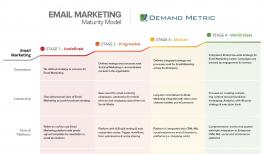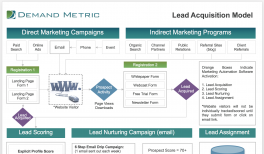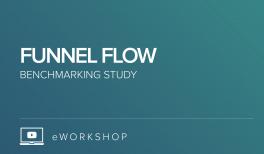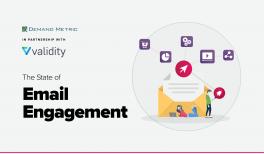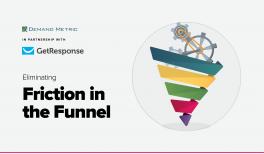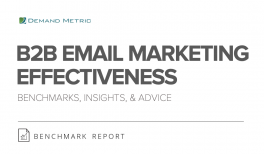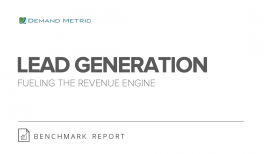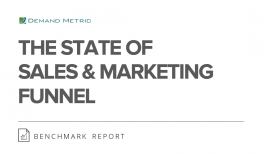Since 2018, Validity and Demand Metric have researched email marketing to examine which tactics marketers are using, how well they are working, and what challenges prevent greater success with email.
The State of Email Marketing Benchmark Report
Resource Overview
Related Resources
Introduction
Email marketing remains one of the most important marketing channels for many organizations due to its accessibility, ease of use, and effectiveness in reaching target audiences. Significant variance, however, exists in the results marketers get from using email.
Validity and Demand Metric have researched email marketing to examine which tactics marketers are using, how well they are working, and what challenges prevent greater success with email.
Although the use of email continues to evolve, this study’s purpose remains the same:
To help companies understand what separates high-performing email marketers from the rest of the pack.
This report shares the results of the 2021 research study, providing insights and data useful for benchmarking, planning, and improving email marketing effectiveness.
Table of Contents
-
Introduction
-
Key Findings
-
The Email Marketing Landscape
-
Inbox Placement Rates
-
Email Marketing Open Rates
-
Action Plan
-
Methodology
With all of the distractions and uncertainty that has come into our lives over the past year, it’s clear marketers have shifted their attention towards email marketing execution rather than strategy.
Despite the volume of data this report shares, the overarching recommendations of this report are simple:
- Monitor your inbox placement rate and focus on strategies that will help improve this metric.
- Apply strategies that capitalize on subscriber preferences and competitive intel to help you achieve higher open rates.
- Optimize your email content and construct messages to generate as many clicks or conversions as possible.
Research Methodology
The 2020 State of Email benchmark survey was administered online during the period of October 27, 2020 through January 2, 2021. During this period, 7,504 responses were collected, 452 of which were qualified and complete enough for inclusion in the analysis. Only valid or correlated findings are shared in this report.

